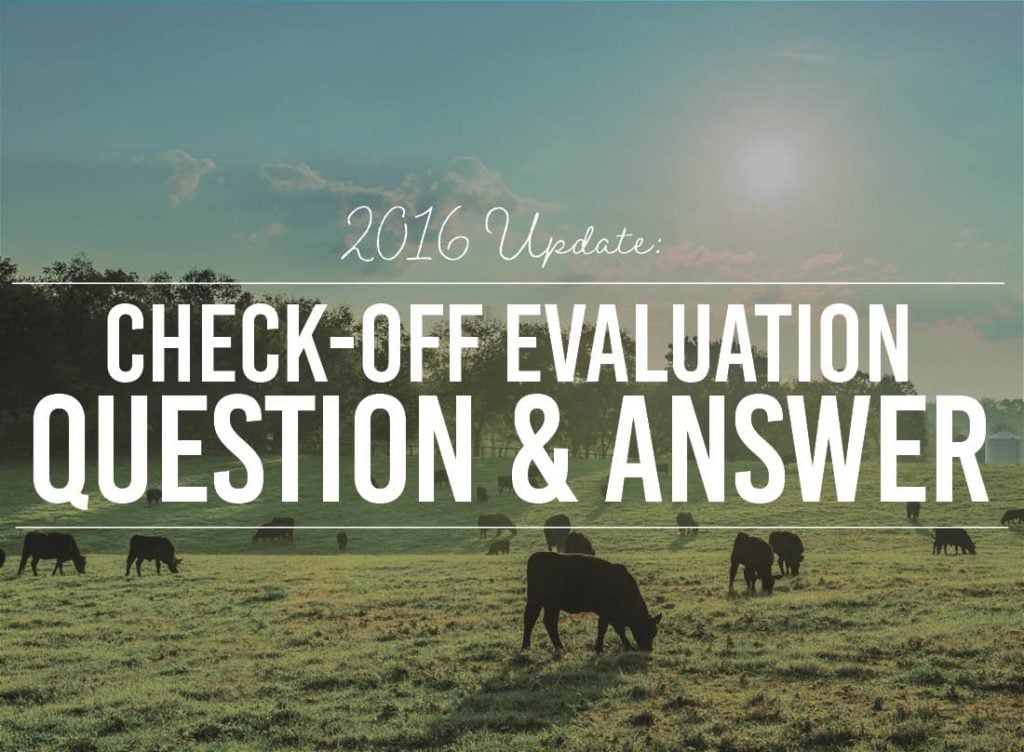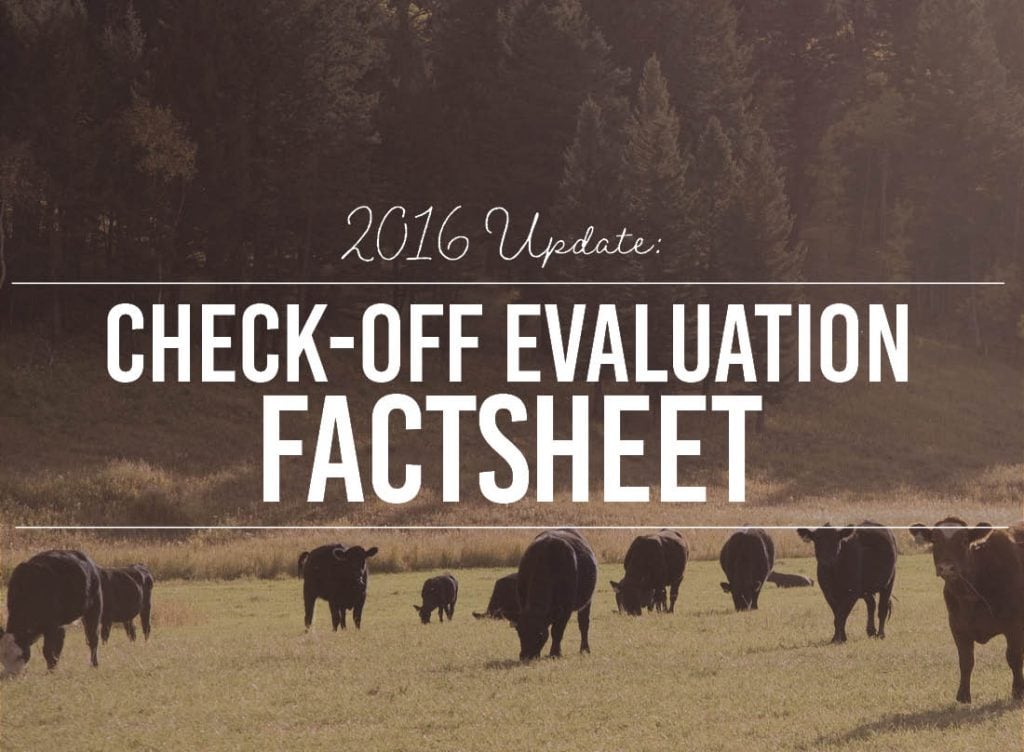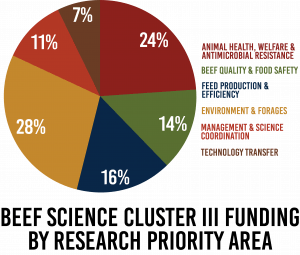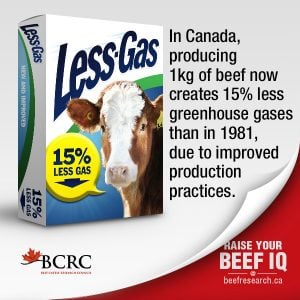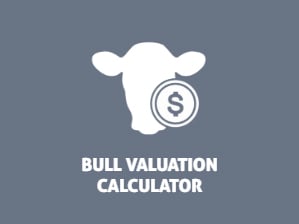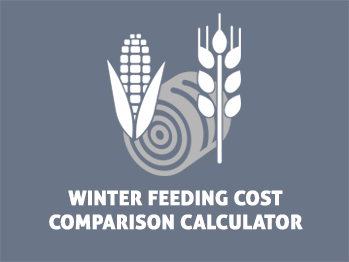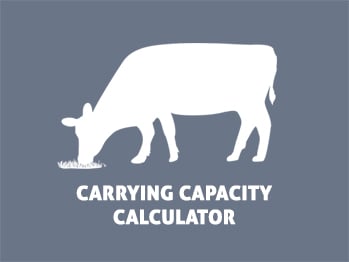This article was written jointly by the Canadian Beef Check-Off Agency and the Beef Cattle Research Council.
THE CANADIAN BEEF CATTLE CHECK-OFF
If you sell cattle in Canada, you pay check-off. Your beef check-off funds beef market development, promotion and research.
The Canadian Beef Cattle Check-Off is deducted on every head of beef cattle marketed in Canada. While the provincial check-off or service fee can vary by province, the national portion of the check-off, most commonly referred to as the Canadian Beef Cattle Check-Off or national check-off, is $2.50 per head in all provinces with the exception of Ontario, currently at $1.00 per head.
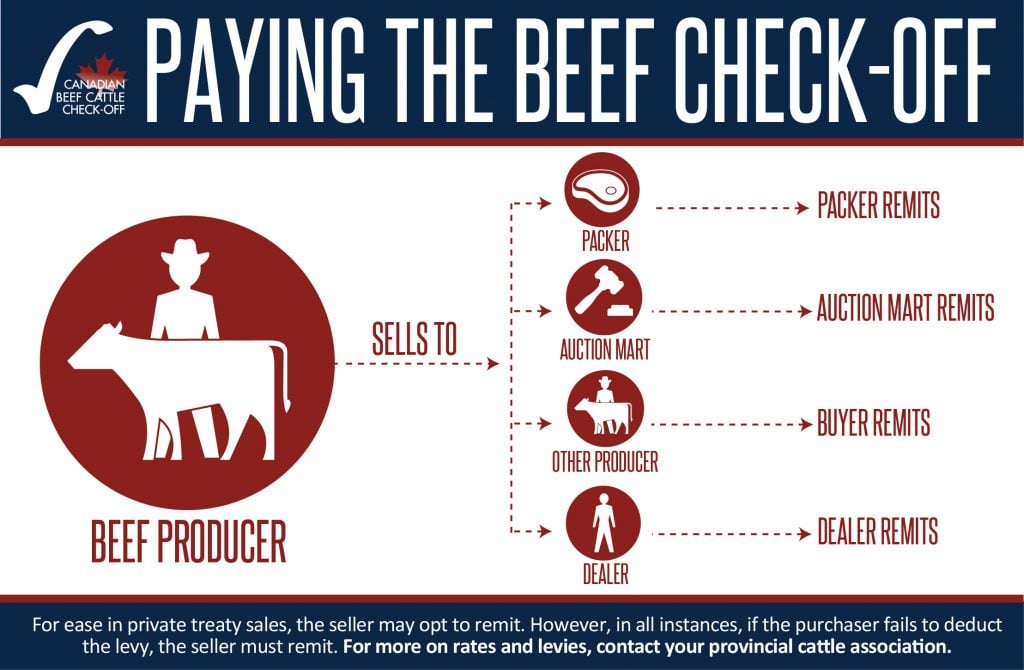
The Canadian Beef Cattle Check-Off is allocated to marketing, research, and public and stakeholder engagement by the provincial cattle associations that remit the check-off. Since each province has unique needs and priorities, each province designates a chosen percentage of the national portion of the check-off from their province that they wish to allocate to each of the three functions (marketing, research, and public and stakeholder engagement).

In 2016, ahead of the increase to the check-off, the Canadian Beef Check-Off Agency commissioned a study, Evaluating the Economic Benefits from the Canadian Beef Cattle Check-Off. This study went on to share that research had a benefit-cost ratio (BCR) of 34.5:1, or $34.50 in benefits for each dollar invested by Canadian cattle producers. Overall, with marketing included, the national check-off showed a total BCR of $14, up from the $9 average between 2005 and 2008. In addition, the average benefit-cost ratio grew steadily between 2011 and 2014.
A total $46.7 million in check-off has been collected within the past five years. About $10.7 million has been directed towards research benefiting the Canadian beef industry. On average, about $2.15 million per year was allocated this way, ranging from $1.23 million in 2014/15 to a high of $5.59 million in 2018/19. The increase can be attributed to both the increase in check-off in most provinces, and adjustments to provincial allocations to research.
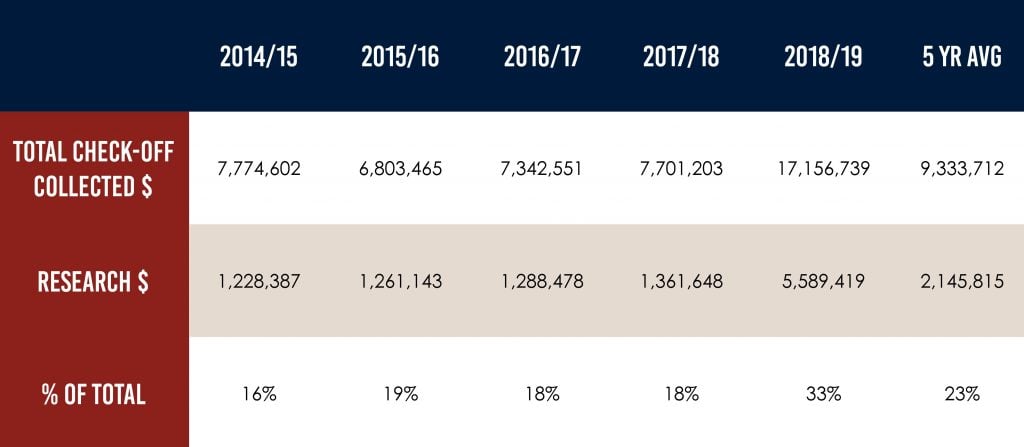
THE BEEF CATTLE RESEARCH COUNCIL – ALLOCATION OF RESEARCH FUNDS
The Beef Cattle Research Council (BCRC) is Canada’s national industry-led funding agency for beef, cattle and forage research. With funding provided through the research-allocated portion of the producer-paid national check-off as well as government and industry funding, the BCRC’s mandate is to support research and technology transfer that will benefit the competitiveness and sustainability of Canada’s beef industry. The administration of funds allocated to research is directed by the Council, a committee of beef producers from across the country.
The beef industry has defined three core research objectives, as outlined in the 2018-23 Canadian Beef Research and Technology Transfer Strategy:
- To enhance industry competitiveness and reduce production costs – priority outcomes are to enhance feed and forage production, increase feed efficiency, and decrease the impact of animal health issues and production limiting diseases.
- To improve beef demand and quality – priority outcomes are to define quality and yield benchmarks supporting the Canadian Beef Advantage and improve beef quality through primary production improvements and the development and application of technologies to optimize cutout values and beef demand.
- To improve public confidence in Canadian beef – outcomes are to improve food safety, strengthen the surveillance of antimicrobial use and resistance, develop effective antimicrobial alternatives, ensure animal care, demonstrate the safety and efficacy of new production technologies, improve environmental sustainability and measure the beef industry’s environmental benefits.
Within these core objectives, specific priority areas have been established including:
- Beef Quality
- Food Safety
- Animal Health and Welfare
- Antimicrobial Use, Resistance and Alternatives
- Feed Grains and Feed Efficiency
- Forage and Grassland Productivity
- Environmental Sustainability
- Knowledge and Technology Transfer
It is important to note that the Strategy, including specific research objectives and priority areas, is developed with input from grassroots producers. It is a dynamic document intended to continue to evolve based on stakeholder feedback and ongoing review as research outcomes are achieved and new issues arise. Feedback on the Strategy and its outcomes is welcome at any time.
The industry has poised itself for continued returns in research with an increase in funding through the check-off increase over the past couple years. And along with increased industry funding like check-off dollars, comes increased government and leveraged funding to match. Many programs have a 1:1, 2:1 or even higher dollar matching, so sustained industry investments into research are incredibly important to maintaining and securing additional research funding.
The role that BCRC plays in identifying the industry’s research and development priorities plays a key role in influencing public sector investment in beef, cattle and forage research. With industry funding, the BCRC leverages additional funding including from Agriculture and Agri-Food Canada (AAFC) through the Sustainable Beef and Forage Science Cluster.
Joint industry and government commitments to the third Beef and Forage Science Cluster (April 1, 2018 – March 31, 2023) totalled $21 million, including $14 million in funding from AAFC, $5 million in industry funding through the Canadian Beef Cattle Check-Off, and $1.5 million in in-kind contributions from industry in the form of cattle, equipment, and materials.
PRODUCER INVESTMENTS AT WORK
Investments in research are extremely beneficial, particularly during times of tight supply in the cattle cycle. Research investments can be aimed at helping Canadian producers produce more beef with less resources, lower input costs, and generally produce beef more efficiently. With current cattle inventories being low, it is the perfect time for producers to take advantage of the funded research available to them, and explore ways to make their operations more efficient, profitable or sustainable.
Research also goes much further than just the farm gate, often finding its way to the dinner plate, being used as the basis of consumer-facing campaigns (think McDonald’s sustainability messaging) and influencing decision makers. The BCRC’s Council of producers ensures that research priorities are in line with the industry’s unique needs while balancing the ever-growing desire for consumers to know more about where their food comes from. Science is also quantifying the environmental impacts and benefits of beef production and helping define practical regulatory guidelines around areas that include animal welfare, antimicrobial use, and environmental sustainability.
Forage and Grassland Productivity
- Canadian tame hay yields increased 8% on average from 1.69 tons per acre in 2003-07 to 1.84 tons per acre in 2008-12 and increased another 2% to 1.88 tons per acre in 2013-2017.
- As hay costs have increased, the savings from wintering animals in fields or on pastures with feed provided by bales, stockpiled forage, or swath grazing have increased as well. Extending the grazing season by a single day, for 4.4 million beef cows and replacement heifers (as of January 1, 2018) represents nation-wide savings of nearly $6.7 million per year.
Feed Grains and Feed Efficiency
- From 2008-12 to 2013-2017, the five-year average barley yield increased 14.5% or 8.7 bu/acre to 68.2 bu/acre. This means 415,640 fewer acres were required to produce the same amount of barley.
- New developments in genomics and feed quality further improve feed efficiency. The feed:gain ratio has been steadily declining 1.1% from 6.78 in 2003-2007 to 6.70 in 2008-2012 and declined another 6.7% to 6.25 in 2013-2017 representing a saved value of $61 million to industry in 2017. In addition, cattle in 2017 finished 15 days earlier on average than cattle in 2012, accounting for 41.5 million fewer days in total. This has major implications for reducing both feedlot costs and environmental footprints. For every 2% reduction in feed:gain, feed costs are reduced by $7/head.
Reducing Environmental Impacts and Quantifying Benefits
Analysis of greenhouse gas emissions from Canadian beef production between 1981 and 2011 showed that producing the same amount of beef in 2011 required 29% less breeding stock, 27% fewer slaughter cattle and 24% less land, with a 15% reduction in greenhouse gas emissions per kilogram beef compared to 1981. Over the same 30-year period, water use per kilogram beef declined by 17% thanks to innovation and efficiency.
Researchers have calculated that compared to winter feeding in confinement,extended winter grazing for 100 days reduced greenhouse gas emissions by 130 kilograms per cow on triticale swaths and by 290 kilograms per cow on corn swaths.
Animal Health and Welfare
Cost-effective, practical ways to manage pain associated with procedures such as castration and branding of beef calves have been evaluated. The adoption of pain control by producers has increased significantly in recent years.
A study is currently underway to look at the effect of rest stop duration and quality on the behaviour and welfare of cattle transported by road. Preliminary results suggest that rest stop duration did not show a clear benefit for steers in this study, perhaps because the calves were already weaned, vaccinated, given prophylactic antibiotics, and accustomed to feeding from bunks and waterers before they were transported. This might mean that preconditioning is more beneficial for feeder calves than feed, water and rest stops during transport. The findings of this project will be valuable to support the refinement of effective and outcome-based Canadian livestock transport regulations as well as improve animal welfare outcomes for feeder calves and reinforce public confidence in Canada’s beef industry.
PUTTING SCIENCE IN YOUR HANDS
Increased investment in technology transfer has ensured that research results are communicated to industry and providing research outcomes and the resulting new practices and technologies to producers is critical for return on investment to be realized. As an example, decision making tools can assist producers when making specific production decisions that impact their individual operation. Recent calculators developed cover a wide range of topics including, but not limited to, Winter Feed Cost Comparison, Bull Valuation, Evaluating Feed Test Results, and Economics of Water Systems.
In-depth and detailed results of progress in each research priority area are provided in the BCRC 2013-2018 Results Report.
HOW YOU CAN GET INVOLVED
Challenge: Do one thing today that allows you to be more informed than yesterday. Follow the Agency or BCRC on social media. Sign up for The Wire orThe Gatepost. Register for an upcoming webinar, or call your local cattle association representative to talk about what your check-off dollars are doing for you.
Both the Canadian Beef Check-Off Agency and the Beef Cattle Research Council are producer-first organizations, led by a group of beef producers from across Canada. If you want to get involved at a deeper level, talk to your provincial cattle association about becoming a delegate or board member.
Get in touch with us today!
| Beef Cattle Research Council | Canadian Beef Check-Off Agency | |
| Beefresearch.ca | Cdnbeefcheckoff.ca | |
| The Wire | The Gatepost | |
| info@beefresearch.ca | Info@cdnbeefcheckoff.ca | |
| 403-275-8558 | 403-451-0917 |



